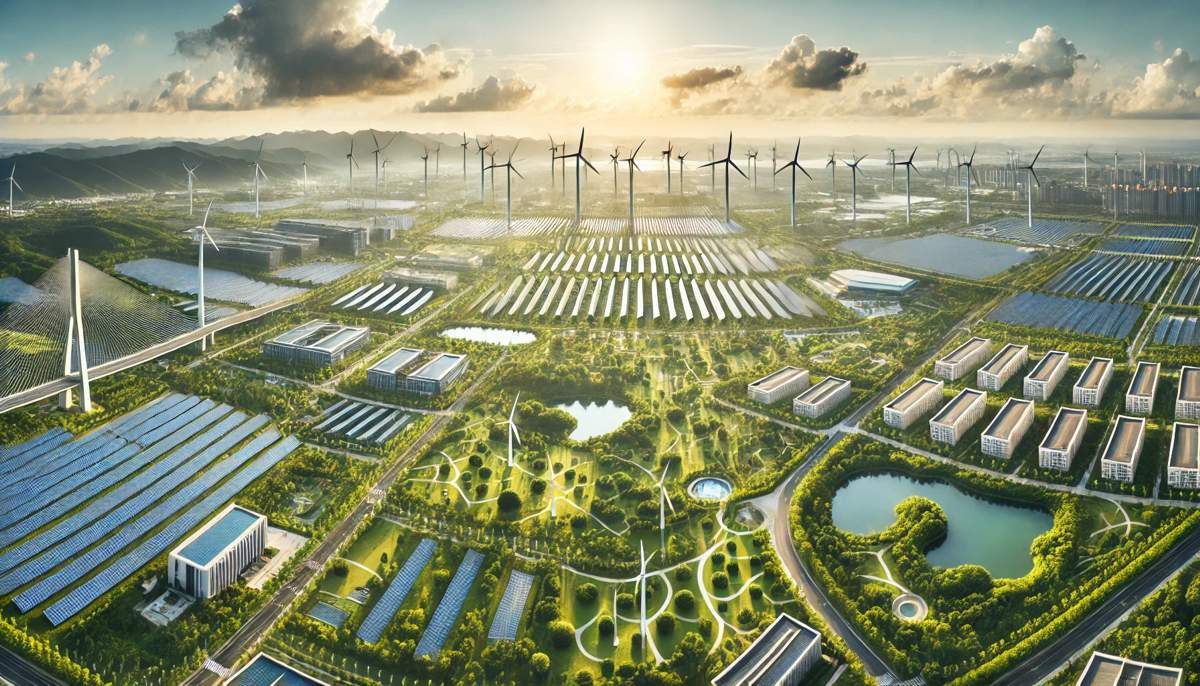Unlocking Climate Investments in Asia
The challenge of financing climate action has never been more urgent. For Asia and the Pacific, a region grappling with rising temperatures, extreme weather, and environmental degradation, the stakes are high.
With economic stability, infrastructure, and livelihoods on the line, sustainable development demands innovative funding strategies. The 2022 US Inflation Reduction Act (IRA), hailed as the most aggressive climate policy in American history, offers valuable lessons on leveraging private capital for green investments.
A Pressing Challenge for Asia
Asia is at the frontline of the global climate crisis. From coastal cities battling rising sea levels to rural communities enduring severe droughts, the region faces unparalleled risks. Beyond the environmental toll, these challenges threaten economic growth, disrupt supply chains, and deepen vulnerabilities for millions.
According to the International Monetary Fund (IMF), Asia and the Pacific need a staggering $1.1 trillion annually to fund climate mitigation and adaptation. With public sector resources stretched thin, private investment must fill the gap.
Encouragingly, investment funds have historically played a vital role, with cumulative capital inflows to the region amounting to roughly 30% of GDP between 2015 and 2022.
A Game-Changer in Climate Finance
Enacted in 2022, the IRA marked a turning point in global climate policy. Offering $370 billion in tax credits, grants, and loans, it incentivised clean energy investments, aiming to cut US emissions by 40% by 2030 compared to 2005 levels.
The Act’s ripple effects have transcended borders, influencing investor behaviour and spurring cross-border sustainable investments.
Research indicates that investment funds with sustainability mandates saw a sharp increase in inflows following the IRA’s announcement. These funds, in turn, channelled capital towards Asia and the Pacific, a region ripe for climate investment opportunities.
Within just three months of the Act’s announcement, sustainable funds received an additional $1.4 billion in investments—doubling previous levels—and directed a significant portion of this to the region.
Why the IRA Resonated Globally
The IRA signalled a credible US commitment to net-zero goals, reassuring investors about the viability of sustainable assets. This perception of stability and long-term returns made sustainable funds more attractive than ever. But why did this legislative move have global repercussions?
For one, the US policy raised expectations for similar climate actions worldwide. Investors interpreted the IRA as a catalyst for green industrial policies, particularly in economies with strong decarbonisation agendas.
As a result, sustainable funds headquartered outside the US saw a surge in inflows, which they actively directed to Asia and the Pacific.
Attracting Climate Capital
If the IRA has taught us anything, it’s that ambitious climate policies can unlock foreign private capital. Here’s how policymakers in Asia can create an environment that attracts and retains climate investment:
1. Set Clear Decarbonisation Targets
- Commitments to net-zero goals, backed by robust Nationally Determined Contributions (NDCs) under the Paris Agreement, reduce policy uncertainty.
- Economies with ambitious climate policies post-IRA attracted an additional 3% of GDP in sustainable fund inflows.
2. Foster Investor Confidence
- Stable macroeconomic conditions and strong legal frameworks are non-negotiable.
- Governments should prioritise climate investment pipelines, ensuring bankable, large-scale projects are readily available.
3. Deploy Public Sector Support
- Subsidies, tax incentives, and blended finance tools like first-loss guarantees can make projects financially viable.
- Establishing carbon pricing mechanisms aligns private investments with climate goals, sending a strong market signal.
The Role of Conventional Funds
While sustainable funds have driven initial progress, the real opportunity lies in redirecting conventional funds. Representing 97% of the asset management industry, these funds hold the potential to exponentially increase private climate finance. Encouragingly, conventional funds, influenced by stringent climate policies, are already tilting their portfolios toward sustainability objectives.
This shift underscores the importance of creating a policy environment that appeals not only to niche sustainable funds but also to mainstream investors. By integrating sustainability metrics into broader financial strategies, Asia can scale its access to green capital dramatically.
A Call to Action
The Inflation Reduction Act’s global impact underscores the transformative power of credible, ambitious climate policies. For Asia and the Pacific, adopting similar measures isn’t just an opportunity—it’s a necessity. With the right mix of public and private initiatives, the region can attract the capital it needs to build climate resilience and foster sustainable growth.
By learning from the IRA’s success, Asian policymakers can pave the way for a greener future. After all, when climate action meets investor confidence, the results speak for themselves.





















